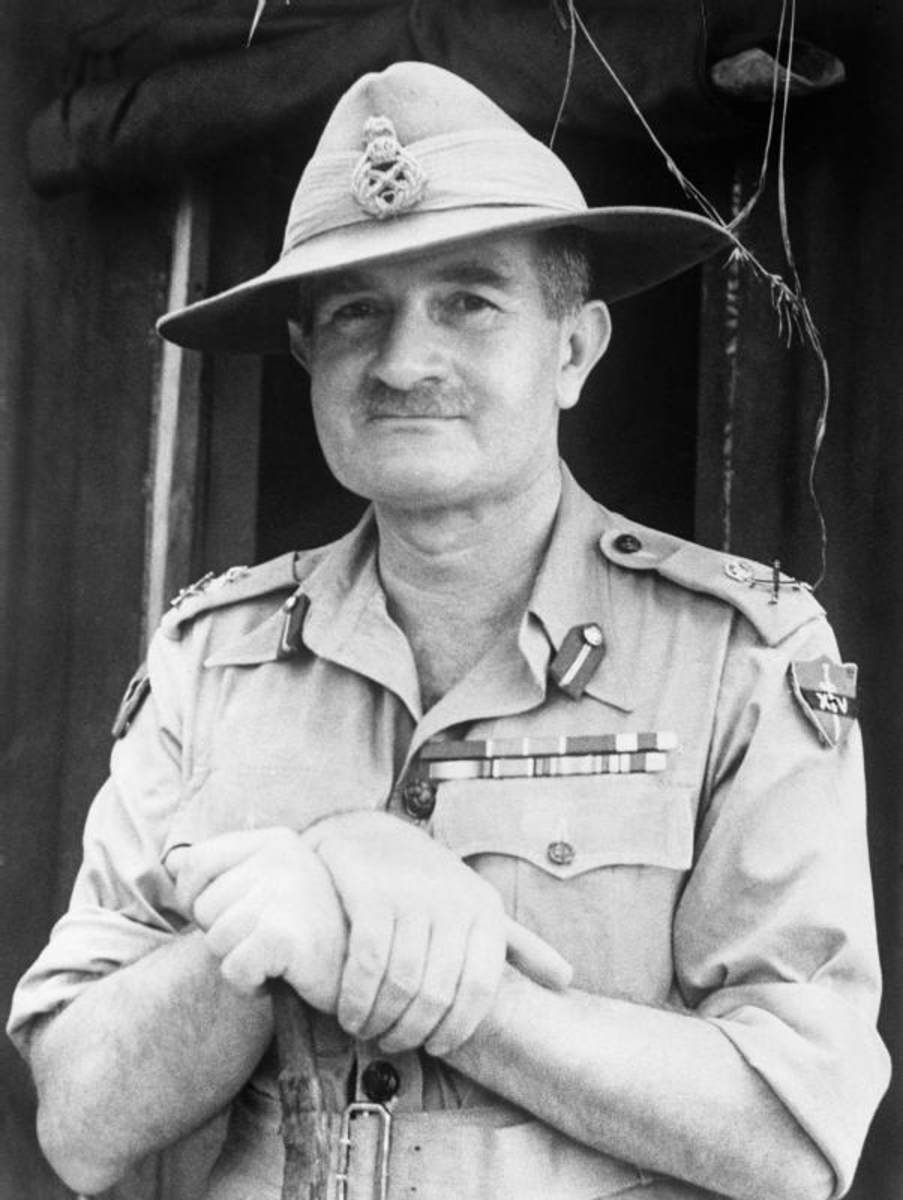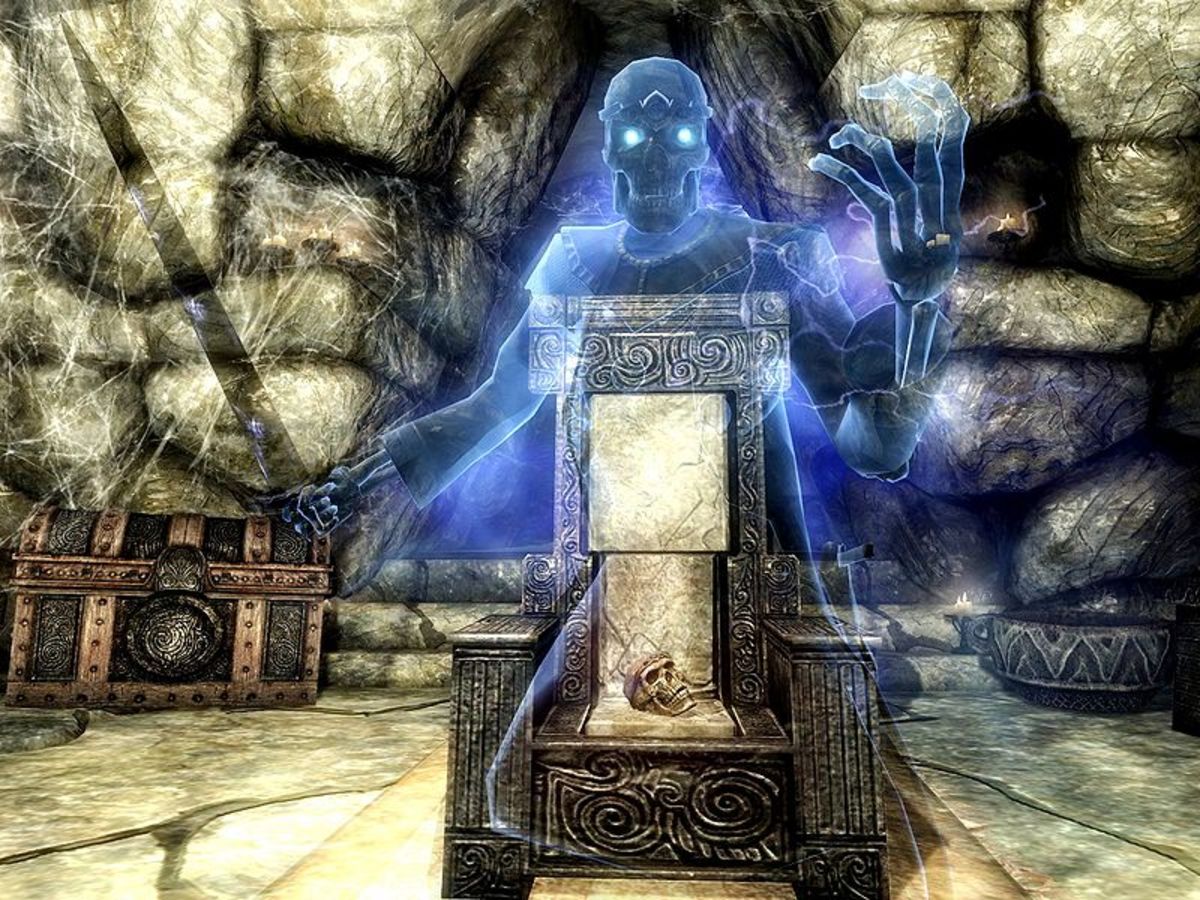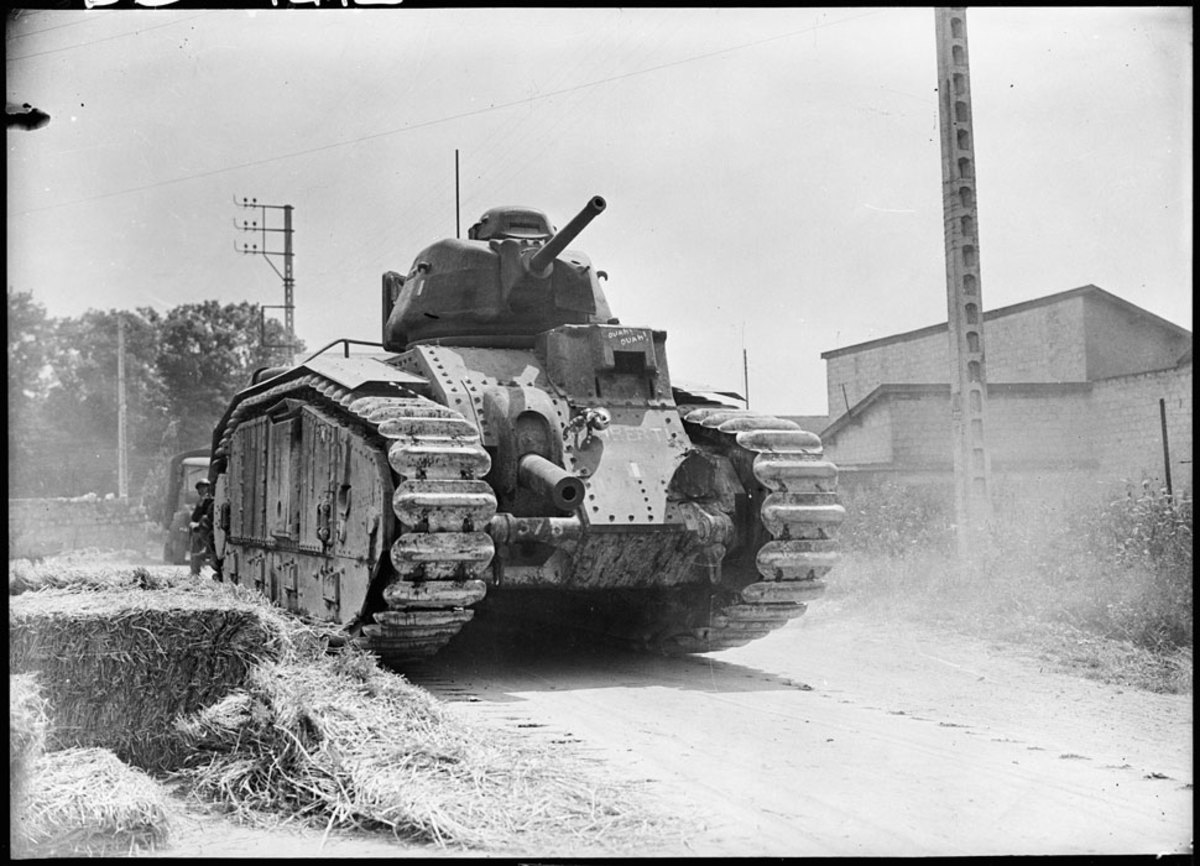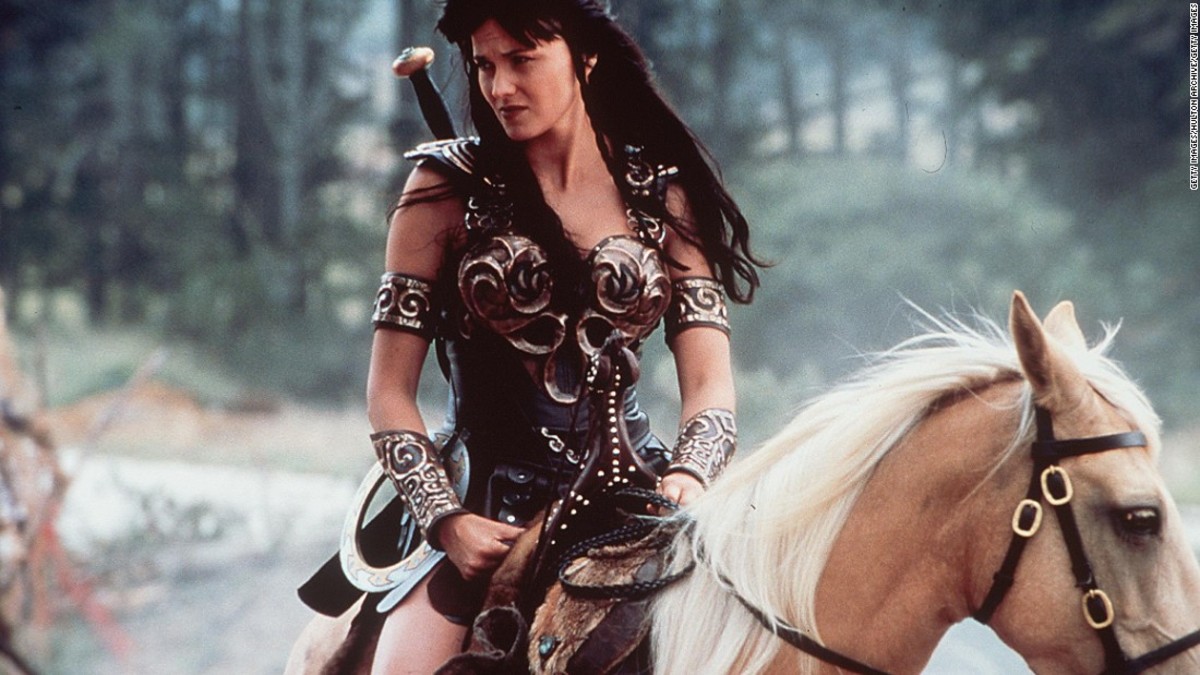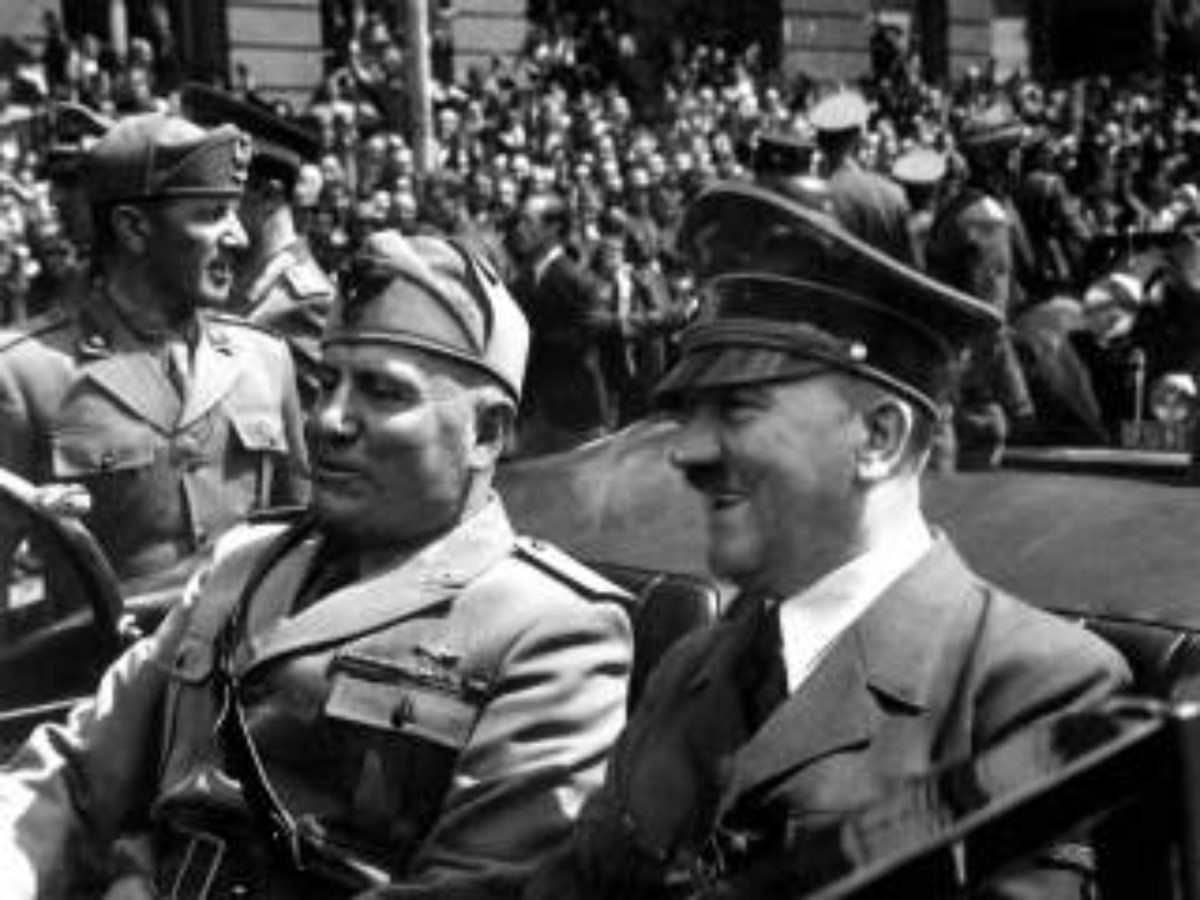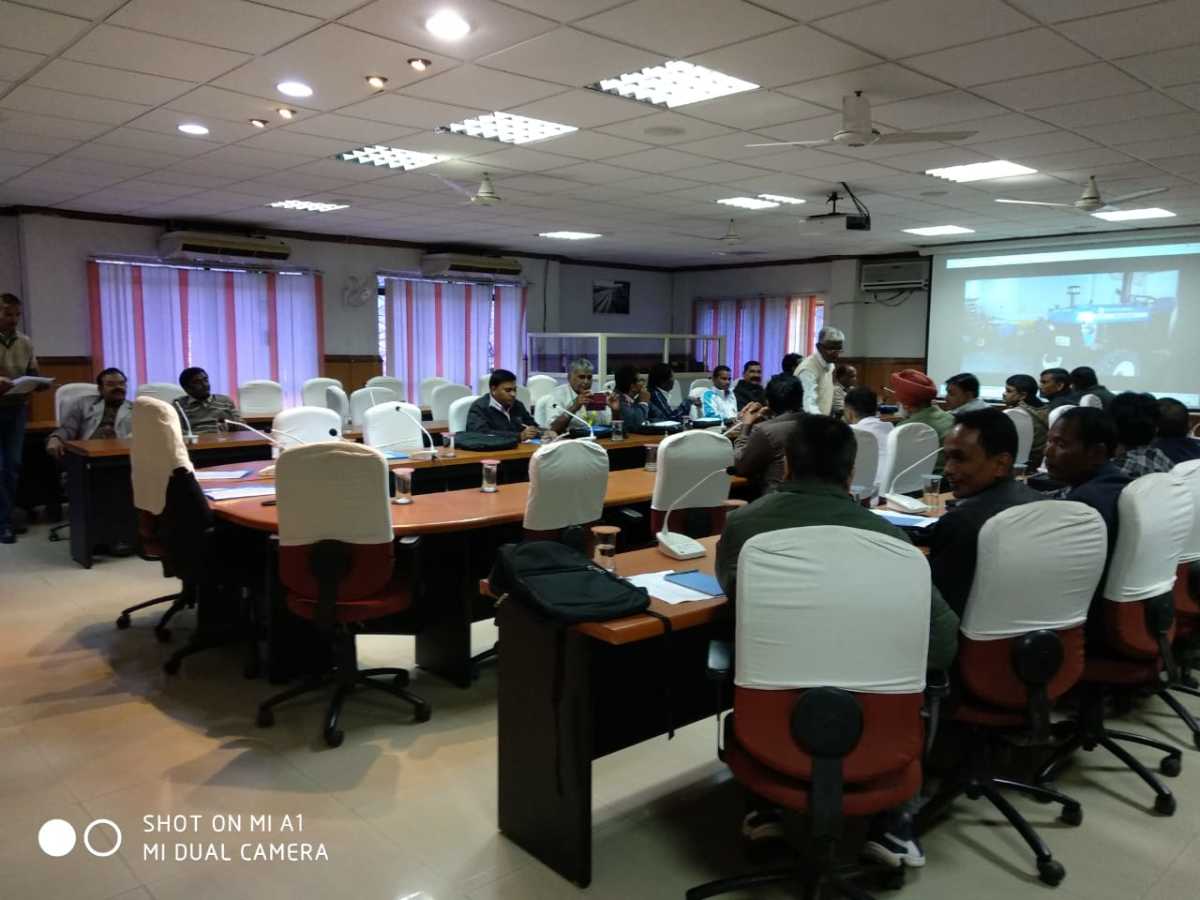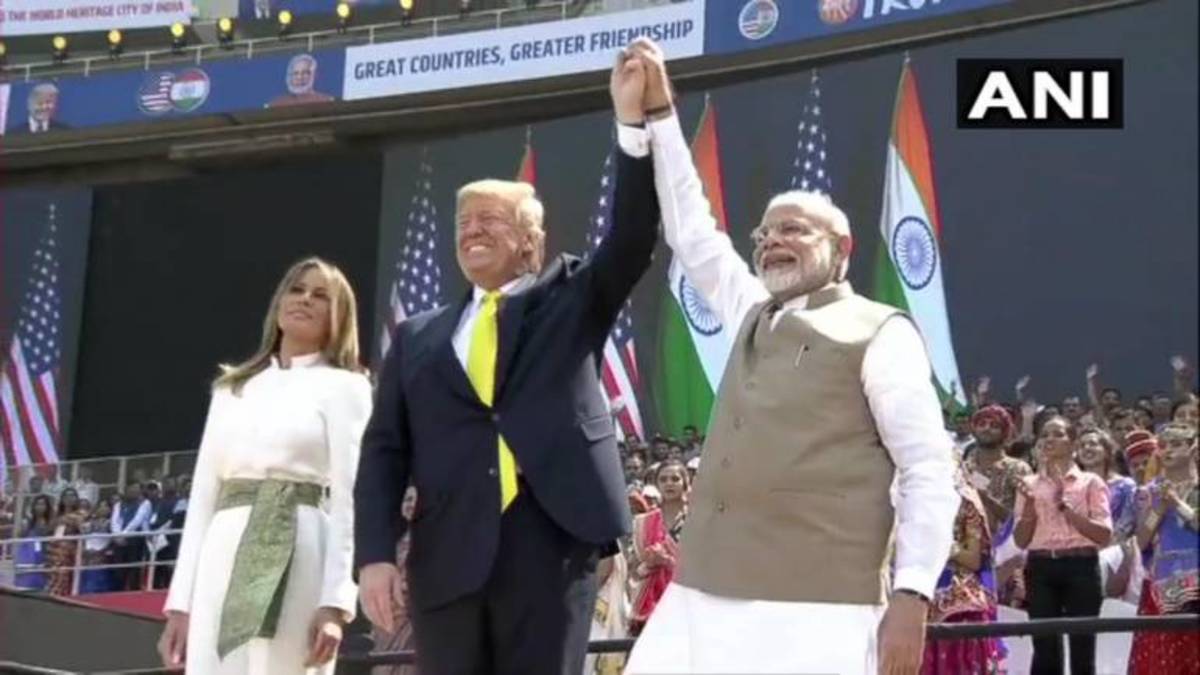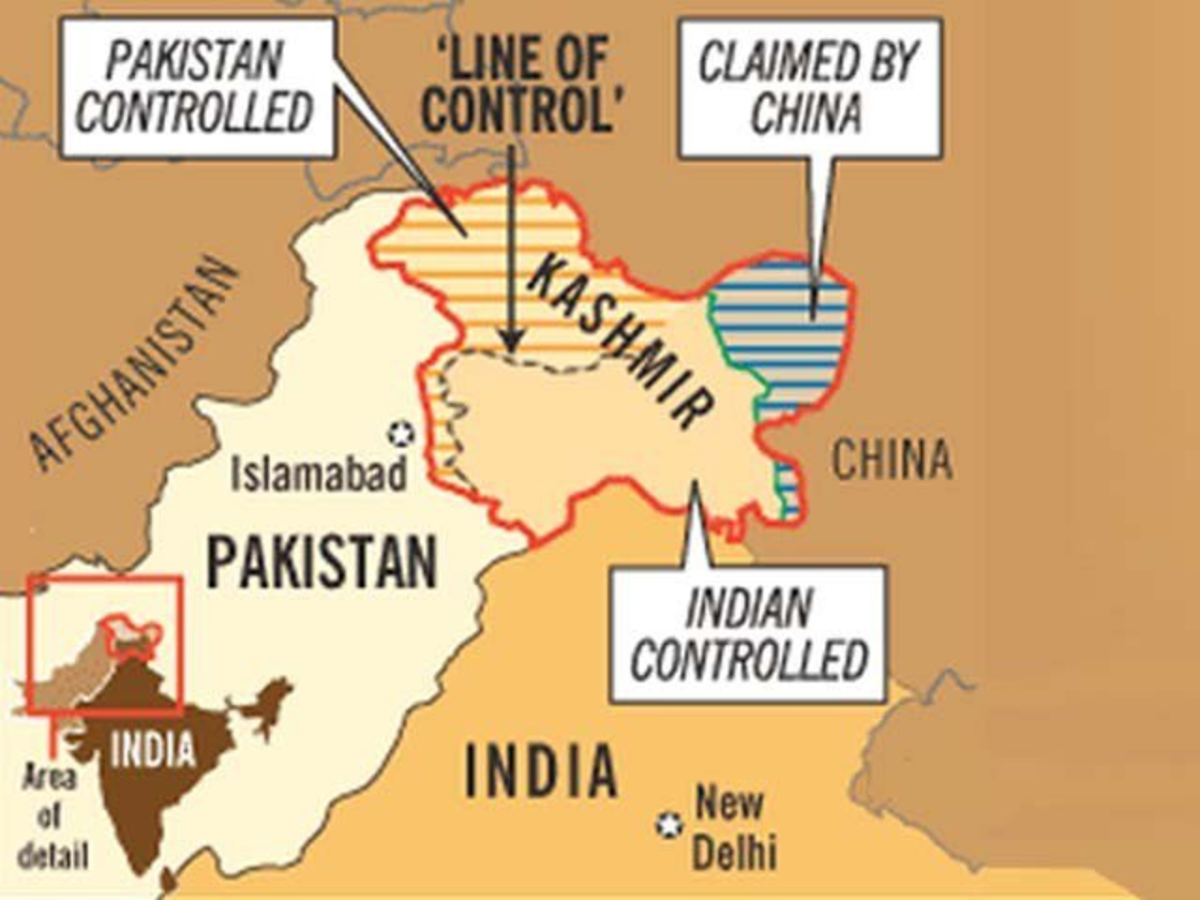Chandragupta and the Defeat of the Greeks: Establishment of the Maurya Dynasty
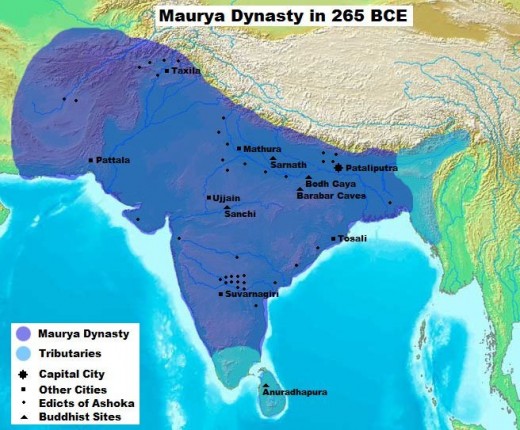
The Beginning
The Seleucid Empire
The demise of Alexander the Great opened up a succession problem as Alexander left no heir. Alexander died in 323 BC. When Alexander had advanced against the Hindu King Raja Porus, his second in command was Seleucus. This is the famous Battle of Hydespes which took place on the banks of the river Jhelum in 326 BC. It was Seleucus who had led the charge against the elephant corps of Raja Porus. Seleucus was thus a close confidant of Alexander and well aware of the various court intrigues. On the death of Alexander, Seleucus Nikatar meaning 'the Victorious'seized the entire eastern region of Alexander’s conquest and became its ruler. His domain spread from Iraq, and Persia to western India. This is referred to as the Seleucid Empire
Chandragupta Rises
When Seleucus was away in Babylon he learnt that an Indian warrior named Chandragupta had overthrown the Nanda Empire and was breathing down the neck of the Greeks. Chandragupta was aided by a court aide of the Nanda dynasty named Chanakya who had decided to join Chandragupta. He had become an invaluable advisor. Seleucus resolved to reassert his authority. He was confident, as he was the man who had led the cavalry charge against the elephant corps of Porus in the Battle of Hydespes in 326 BC.
Seleucus after that battle was convinced about the efficacy of the elephant in a fixed battle, but he did not have very many elephants as the beasts brought from India after the Punjab campaign had become old and rendered redundant. Never the less he was still confident of victory. Seleucus was however unaware of another fact that his daughter Helen secretly loved the Indian King.
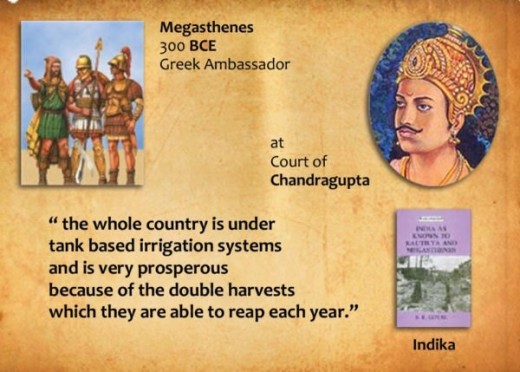
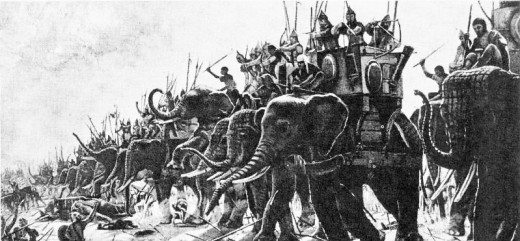
The Battle
Seleucus marched against Chandragupta with his army which consisted of Greeks and mercenary Persian soldiers. Seleucus relied on his cavalry and he hoped to repeat the famous charge against Porus. Chandragupta learned of the advance of the Greek army and he consulted his main advisor Chanakya. Chanakya advised him to rely on his elephant corps and face Seleucus headlong. He also told Chandragupta that a defeat for Seleucus was essential to secure a firm foundation for his empire. Spies brought information that Seleucus was advancing with a formidable force and from all accounts the morale of the Greeks was high.
The Greek-Indo Battle
Chanakya advised Chandragupta not to enter and fight in the mountains of Afghanistan but to meet Seleucus in the plains of west Punjab where his elephant force could be decisive. Chandragupta now marshalled his force which had the nucleus as the elephant corps surrounded by infantry. Chandragupta in contrast to Seleucus had very less of cavalry. His military plan hinged on allowing the Greeks to attack first and then launch a counterattack with his elephant corps.
In mid-303 BC, the army of Seleucus neared and made contact with the forward elements of Chandragupta.
Records of this battle are sketchy but historians have concluded that the Seleucids lost to Chandragupta. This defeat led to the demise of the Greek empire in the East. One can assume that the elephant corps of Chandragupta played a decisive part in the battle, as it was fought in the plains of the Punjab.
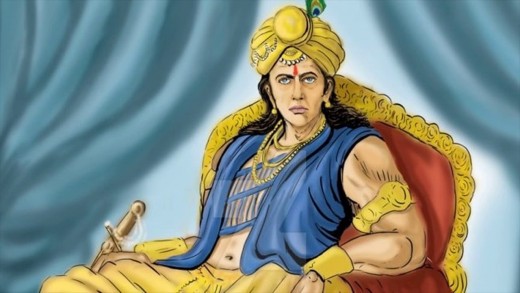

The Final Curtain
Aftermath of the Battle
Seleucus was stunned by the defeat. He was more stunned when Chandragupta offered him a truce. Seleucus and Chandragupta negotiated a peace and the two emperors met. Before this meeting, the Greek emperor had learned of the love his daughter had for Chandragupta. This probably had some effect as the two emperors readily settled their differences. The Seleucids empire however broke up as the eastern part of the Greek empire east of Persia was ceded to Chandragupta.
Chandragupta’s Gift
Chandragupta gave Seleucus a gift of 500 war elephants and asked for the hand of Helen his daughter. The peace was negotiated by the Greek envoy, Megasthenes. He traveled many times to the Mauryan capital. Chronicles of his journeys are available. These chronicles are a treasure and show how diplomacy was conducted in that age. Chandragupta took Helen to his capital Pataliputra (present-day Patna). Peace was cemented and Seleucus went back with his gift of elephants which proved decisive against his opponents in the battle of Ipsus.
Last Word.
Seleucus was murdered in 281 BC while Chandragupta abdicated his throne to his son and went away as a hermit.
© 2015 MG Singh emge

